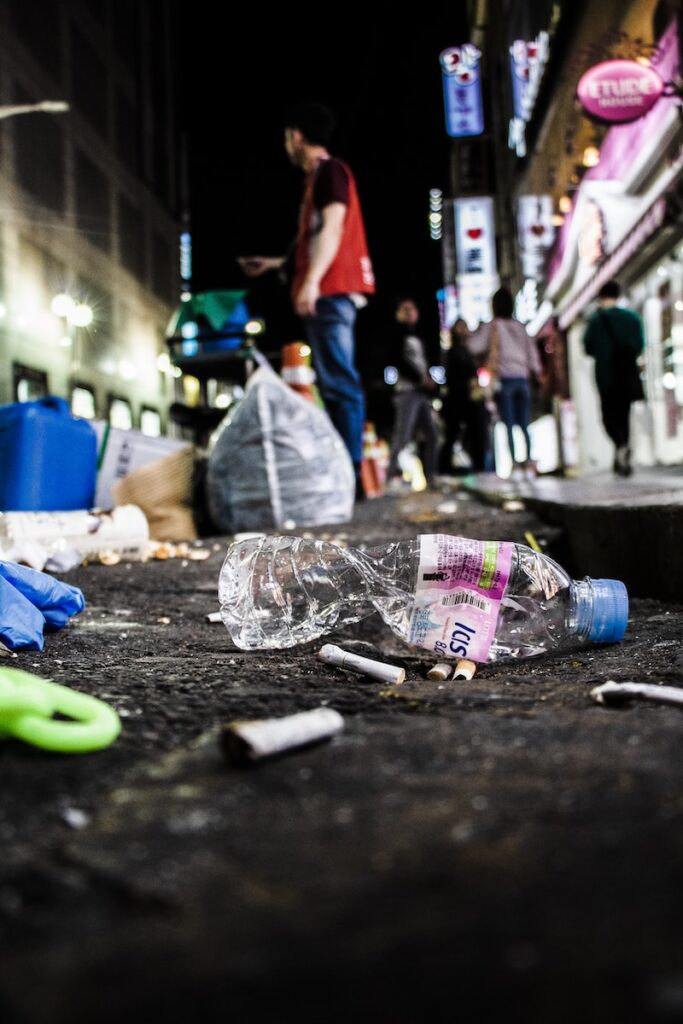Plastic Pollution Facts - 15 Shocking Statistics
Plastic pollution is a global crisis that threatens our environment and health. This article will delve into the alarming facts and statistics about plastic pollution, shedding light on the magnitude of this issue.
Understanding Plastic Pollution
Plastic pollution refers to the accumulation of plastic products in the environment, causing adverse effects on wildlife, wildlife habitat, and humans. Plastics are non-biodegradable, which means they do not break down naturally and can persist in the environment for hundreds of years.
The Shocking Statistics
Let’s delve into some startling statistics that highlight the severity of plastic pollution:
- Rapid Production: Half of all plastics ever manufactured have been made in the last 15 years. Production increased exponentially, from 2.3 million tons in 1950 to 448 million tons by 2015.
- Future Projections: Plastic production is expected to double by 2050.
- Waste Generation: Every year, about 8 million tons of plastic waste escapes into the oceans from coastal nations.
- Low Recycling Rates: Only 9% of all plastic produced is recycled.
- Plastic Bag Usage: A whopping 2 million plastic bags are used every minute worldwide.
- Ocean Dumping: Every minute of every day, a truckload of plastic is dumped into the ocean.
- Beach Litter: 73% of beach litter worldwide is plastic.
- Plastic Bottles: One million plastic bottles are bought every minute.
- Future Predictions: There could be more plastic than fish in the ocean by 2050.
- River Pollution: Up to 95% of plastic polluting oceans is carried by 10 rivers.
- Seabirds and Plastic: 99% of seabirds will be eating plastic by 2050.
- Microplastics Consumption: The average person eats 70,000 microplastics each year.
- Short Lifespan of Plastic Bags: The average time that a plastic bag is used is just 12 minutes.
- Marine Pollution: Plastic waste makes up 80% of all marine pollution.
- Coastal Pollution: Every year, 18 billion pounds of plastic seep into oceans from coasts.

"By understanding these statistics and taking steps to reduce our own plastic consumption, we can contribute to a solution and help protect our planet for future generations."

The Impact of Plastic Pollution
The impact of plastic pollution on our planet is devastating. It harms animal and possibly human health, and it’s overwhelming our ability to deal with it. It’s most visible in developing Asian and African nations, where garbage collection systems are often inefficient or nonexistent. But the developed world, especially in countries with low recycling rates, also has trouble properly collecting discarded plastics.
What Can We Do?
While these facts are alarming, they also highlight the urgent need for action. Here are some steps we can take:
- Reduce: Minimize your use of single-use plastics.
- Reuse: Opt for reusable items instead of disposable ones.
- Recycle: Properly recycle your plastic waste.
- Educate: Spread awareness about the impacts of plastic pollution.
- Legislate: Support policies that reduce plastic waste.
In conclusion, while the facts about plastic pollution are indeed alarming, they highlight the urgent need for action. By understanding these statistics and taking steps to reduce our own plastic consumption, we can contribute to a solution and help protect our planet for future generations.
